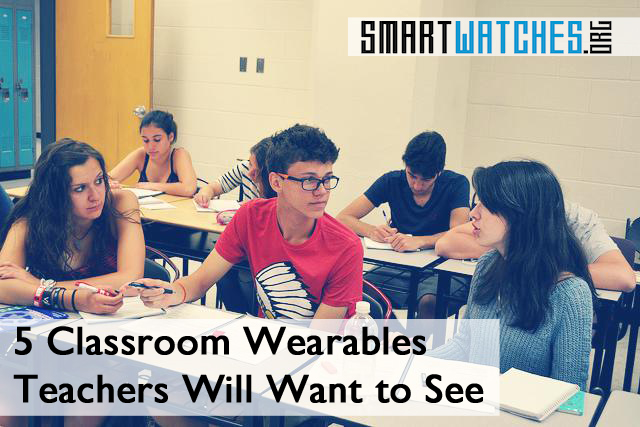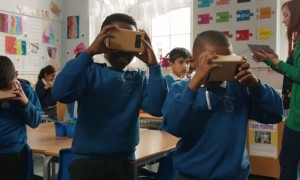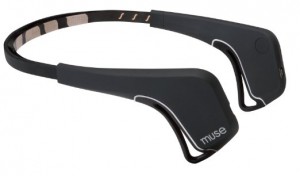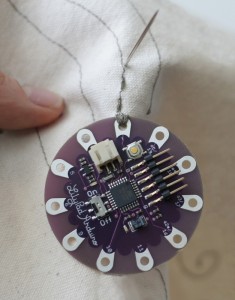One area that’s sure to see growth within the next few years is the education sector and classroom wearables. Imagine a high-tech, connected classroom filled with modern gadgets and wearables. A scenario like that would be preposterous just years ago, but today it’s much more realistic.
Related: See our Best Smartwatches For Kids article.
Why? Because modern technology has become practical and wearables are no exception. In addition, we don’t look at technology as a distraction, though it certainly still can be.
The wearable computing market is a big deal these days, and that’s putting it lightly. The forecasted value for the entire market in 2018 is over $12 million. According to the same source, unit shipments of wearables will exceed 111 million.
The wearable market will grow even more in the future so we can expect to see a variety of new technologies appear.
When wearables are brought up, most people think of smartwatches and fitness trackers. But there are many more types of them such as sports tech, or medical and health devices. These could all be implemented in some way by teachers in the classroom.
What Would Teachers Use Classroom Wearables For?
Obviously, we cannot sit here and talk about every potential use for classroom wearables. We would be here forever.
But, we can talk about some of the more interesting scenarios.
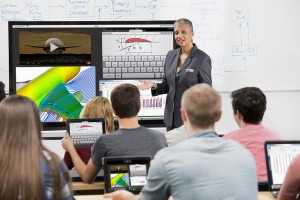 Imagine a history course that used virtual reality to teach about historic events, like the Battle of Gettysburg or the Boston Tea Party. Surely, students would enjoy watching events unfold before their eyes, and it may even contribute to a more successful lesson.
Imagine a history course that used virtual reality to teach about historic events, like the Battle of Gettysburg or the Boston Tea Party. Surely, students would enjoy watching events unfold before their eyes, and it may even contribute to a more successful lesson.
Similar things could be done in economics, math, geography, and even language courses.
In a physical education class, teachers could assign wearables to track students’ daily activity. Children could be assigned personal goals, and earn a grade based on the effort they put in. PE has always been an easy A if you show up and take part, but this is a great way to encourage active, healthy lifestyles.
Then there are devices like Google Glass, lifeloggers like the Narrative Clip, and brain-sensing headbands such as the Muse. It doesn’t take much of an imagination to consider what these classroom wearables could be used for.
And if this sounds far-fetched, then perhaps a study is in order? Dublin firm Research and Markets predicts classroom wearables will see an annual growth rate of 46 percent for the next few years.
But Wearables are Expensive?
It’s no secret that modern technology, including wearables, are quite pricey. How could schools especially those that are not well off, hope to pay for these types of devices?
This could be solved through subsidized tech programs for education. Google is known to honor programs that support such a thing, they’ve already done so with Glass. It’s not out of the question, and other tech companies might consider doing the same.
5 Classroom Wearables Teachers Will Want to See
Believe it or not, there are plenty of wearables that could be repurposed for use in the classroom.
We put together a list of devices that teachers might be interested in. They’re incredibly useful, especially for getting students acquainted with modern technology.
1. Narrative Clip
The best classroom wearables can work autonomously without input from the user. This will save students from distraction during lessons.
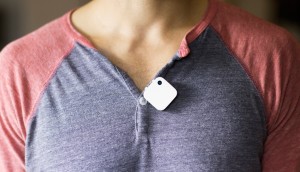 The Narrative Clip is a small, 8MP camera and HD video recorder that is meant to be worn. It also includes Wi-Fi and Bluetooth support to send captured imagery to a smartphone or computer.
The Narrative Clip is a small, 8MP camera and HD video recorder that is meant to be worn. It also includes Wi-Fi and Bluetooth support to send captured imagery to a smartphone or computer.
What makes it special is it is designed to auto capture images and footage throughout the day. This could be an excellent tool during field trips, special events, or classroom lessons. It’s likely that teachers could come up with a few alternate uses for such a device to enhance lessons, as well.
The Narrative Clip 2 is the latest iteration. It comes in three different colors: red, black, and white. It costs $199, and there are no monthly subscription fees to use it.
2. Google Glass and Augmented Reality Headsets
While wearing Google Glass, students can record lectures in first-person to replay later. This would be a remarkable studying or exam preparation tool.
One teacher named Margaret Powers has taken it upon herself to explore how Google Glass can be used to enhance education, and she regularly publishes her experience on her blog: 365 Days of Glass.
But as many of us know, Glass has fallen by the wayside, and is no longer supported by Google.
There are alternatives that bridge the gap between reality and the digital world.
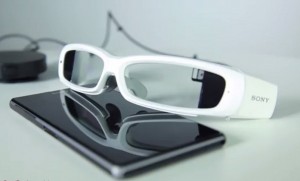 Our pick is the Sony SmartEyeGlass, which is currently still under development. You can buy a software development kit if you’re interested.
Our pick is the Sony SmartEyeGlass, which is currently still under development. You can buy a software development kit if you’re interested.
The SmartEyeGlass is excellent for students in a coding or dev course, because they have the opportunity to create content for it.
For the hardware, it includes a gyroscope, accelerometer, ambient light sensor and a built in camera. The biggest difference between the SmartEyeGlass and the competition is it has a monochrome screen. Monochrome screens display everything with white, amber or green pixels.
Like Google’s Glass, it will display realtime information, mobile apps, and media to the wearer only. So, it could be used to deliver exclusive content, interact with students in a unique way, or record events and lessons.
3. Google Expeditions
As a much, much cheaper alternative to Google Glass or the Sony SmartEyeGlass, Google launched the Expeditions initiative.
Expeditions is a kit powered by Google Cardboard, Google’s cheap VR headset made out of – you guessed it – cardboard! To use Google Cardboard, you just snap in an Android smartphone – as a viewfinder – and off you go!
The pilot kit includes a tablet for the expedition guide, VR viewers for each student, a speaker for ambient noise, and a carrying case.
Schools don’t have reliable wireless gear, so Expeditions was built to work without an internet connection. It comes with a wireless router that sends data locally via Wi-Fi.
But what is it all for?
Students can don the cardboard VR headsets and embark on a journey through a remote location! Locations students have visited include Verona in Italy, the Great Wall of China, and even a coral reef in California. It’s not just for real-life places either, students can experience fantastical places, as well. One class experienced a unique Romeo and Juliet themed VR lesson.
Resourceful teachers can do some pretty amazing things with the Google Expeditions kit.
4. Muse, the Brain Sensing Headband
The Muse is a headband that measures brain waves using a similar method as a heart-rate monitor.
You’re supposed to wear it while you meditate or relax, to help retain focus. But it can also be used as a tool to strengthen your brain. It trains your brain to stop wandering or diverting your attention.
When the headband senses distracted thoughts it will send an alert to the wearer so they can get back on track.
It can also be used in a classroom to measure how students are reacting to a particular teaching method. This allows teachers to gauge which methods are conducive to learning. It’s a great way to learn how select students may react during a lesson, or if they’re responding well.
5. Lilypad Arduino Wearable Modules
We talked about the Lilipad Arduino gear in another post dedicated to DIY wearables. They were intended for tinkerers, but they might also be useful in the classroom!
Unlike other classroom wearables, Arduino modules are pieced together to create a single device. The modules can track fitness and health data, send data or check surrounding temperatures.
You can also sew them into pieces of clothing, to create fabric-based wearables.
Arduino kits are great for students that want to learn about electronics and modern technology.
What Classroom Wearables are You Expecting to See?
It won’t be long before other classroom wearables appear. What kinds of devices are you expecting to see? Are you excited for anything in particular?

